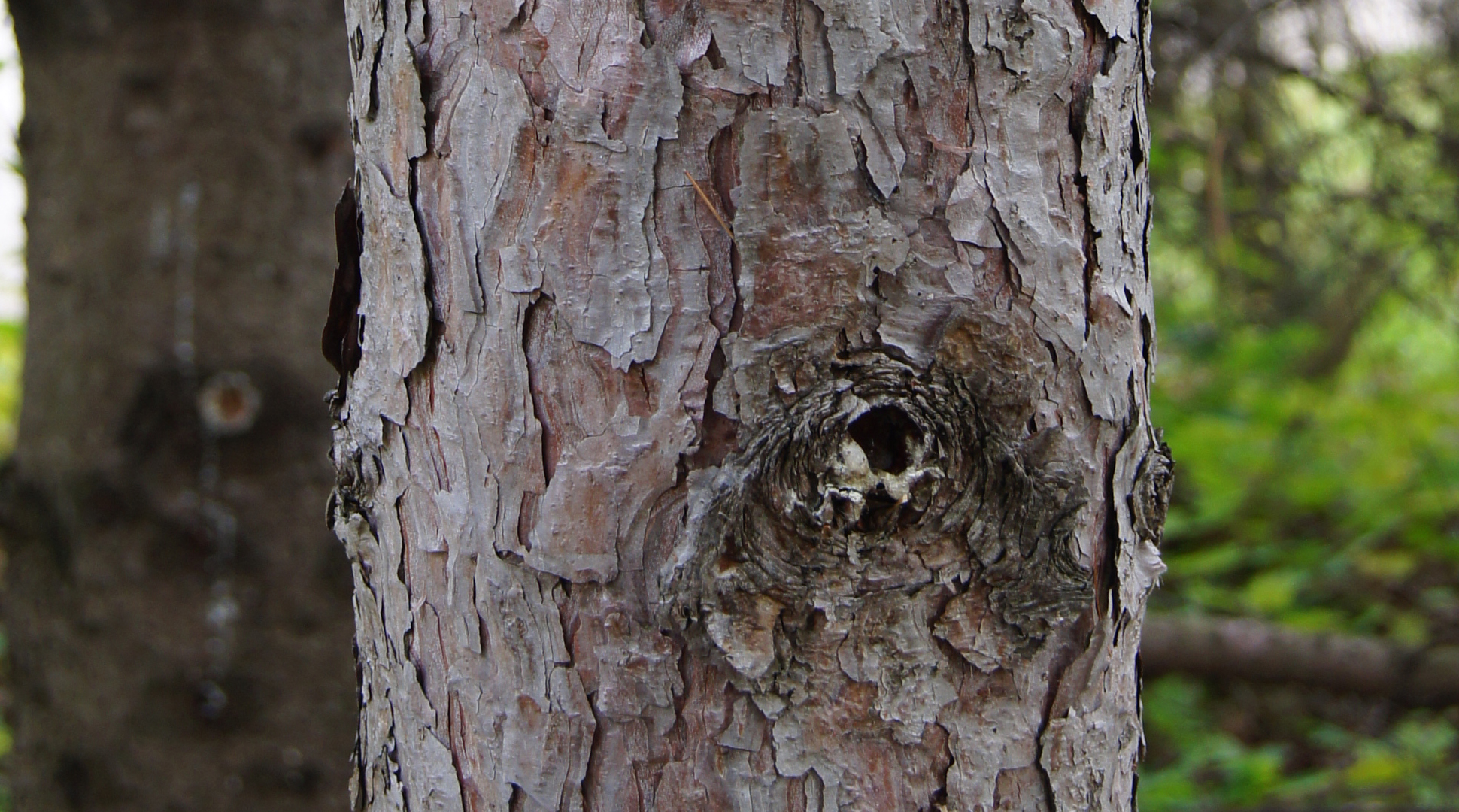By Joe Zeleznik, Forester, NDSU Extension
You’re not from around here, are you?
It was my first spring in North Dakota and I was talking with some tree-care professionals in the Bismarck area. We were discussing some health problems that trees had suffered over the winter. They were basswood trees, or so I thought.
The Bismarck folks called them American linden trees. And we were both correct.
American linden is the same thing as a basswood. We can use the scientific name – Tilia americana – to ensure clear communication, but not many people use scientific names.
Common names are often regional in nature. Do you call them juneberries, saskatoons, serviceberries or shadbush? All of these names refer to the same genus – Amelanchier. There are several related species that produce wonderful fruit in June and July. And they’re great in ice cream.
More than once I’ve had professionals tell me that I was using the wrong common name. This surprised me, as there is no such thing as a wrong common name. They’re simply different. And that’s okay.
Yes, sometimes common names are used incorrectly, and again, that’s why we use scientific names.
I often hear people discussing sick “red maples” in North Dakota. Red maple – scientific name Acer rubrum – is sometimes planted as an ornamental here, but not often. Quite simply, they just don’t do well in our state.
Instead, people are probably referring to some type of Freeman maple – a hybrid between red maple and silver maple (Acer saccharinum). Those are much more common around here; their performance across the state seems to be hit-or-miss.
Regardless, clear communication is critical, especially in my line of work.
Another challenge is when one common name refers to two or more distinct species. Around here, we often hear about “Chinese elm.”
In North Dakota, this common name refers to Ulmus pumila, which is known within the tree industry as Siberian elm.
If you go to Texas and discuss Chinese elm, folks there will think you’re discussing Ulmus parvifolia. It’s also known as lacebark elm.
Confused yet?
That’s the challenge with common names. They’re local/regional, and they can be very imprecise.
But common names also allow for easy communication with a non-technical audience. That’s also great for someone in my business.
Geographical terms are sometimes used in common names which offer a great advantage. Northern red oak and southern red oak are two different species. I’ll give you one guess as to what parts of the country you would look in to find western white pine or eastern white pine.
Scotch pine – or Scots pine – is found in Scotland and across much of northern Asia. English oak is native to England and most of Europe.
But Norway pine isn’t from Norway. It’s found in Minnesota, Wisconsin and Michigan.
Maybe I’ll stick with those scientific names after all.
Learn more about Joe on the NDSU Extension website.
